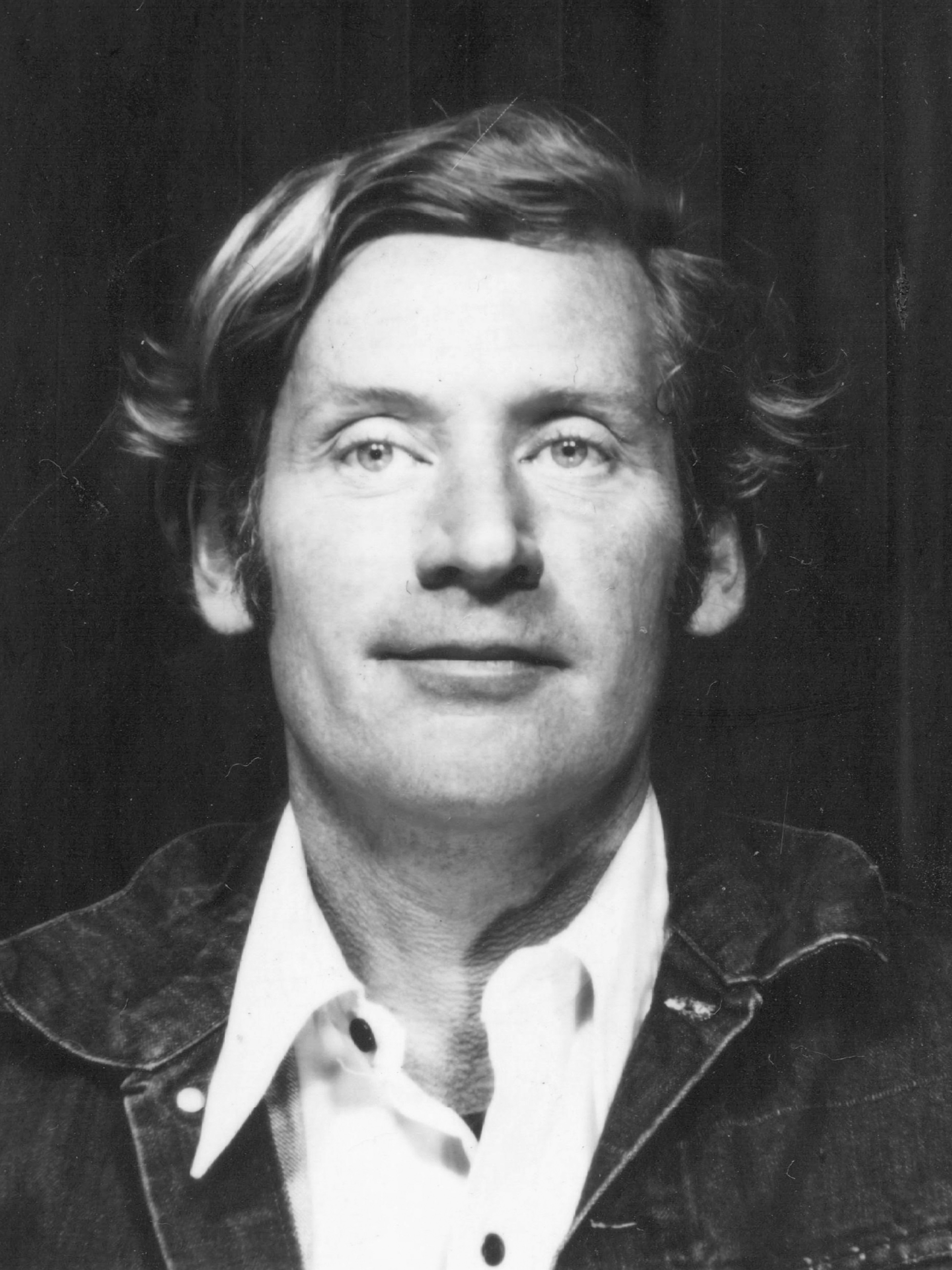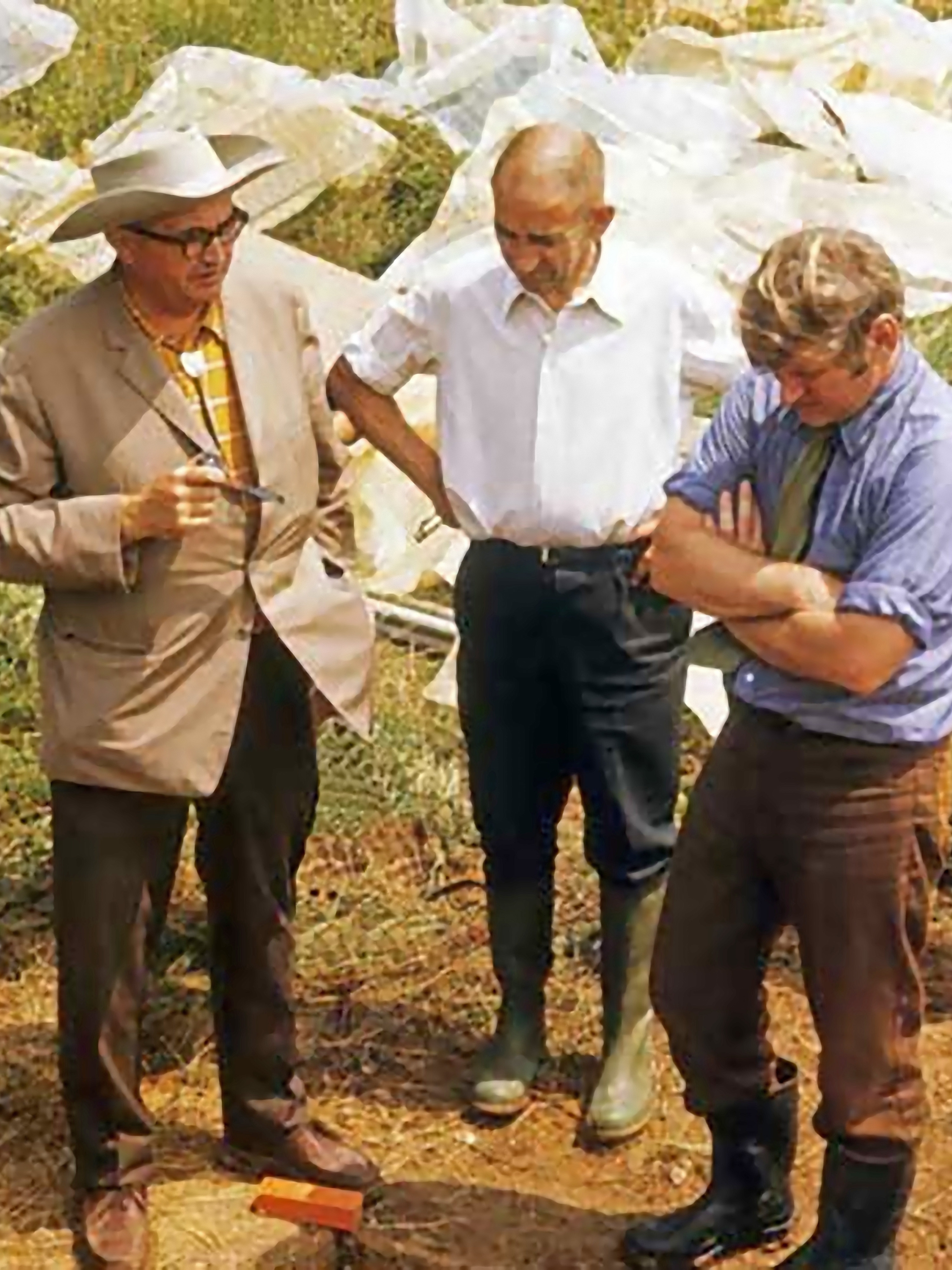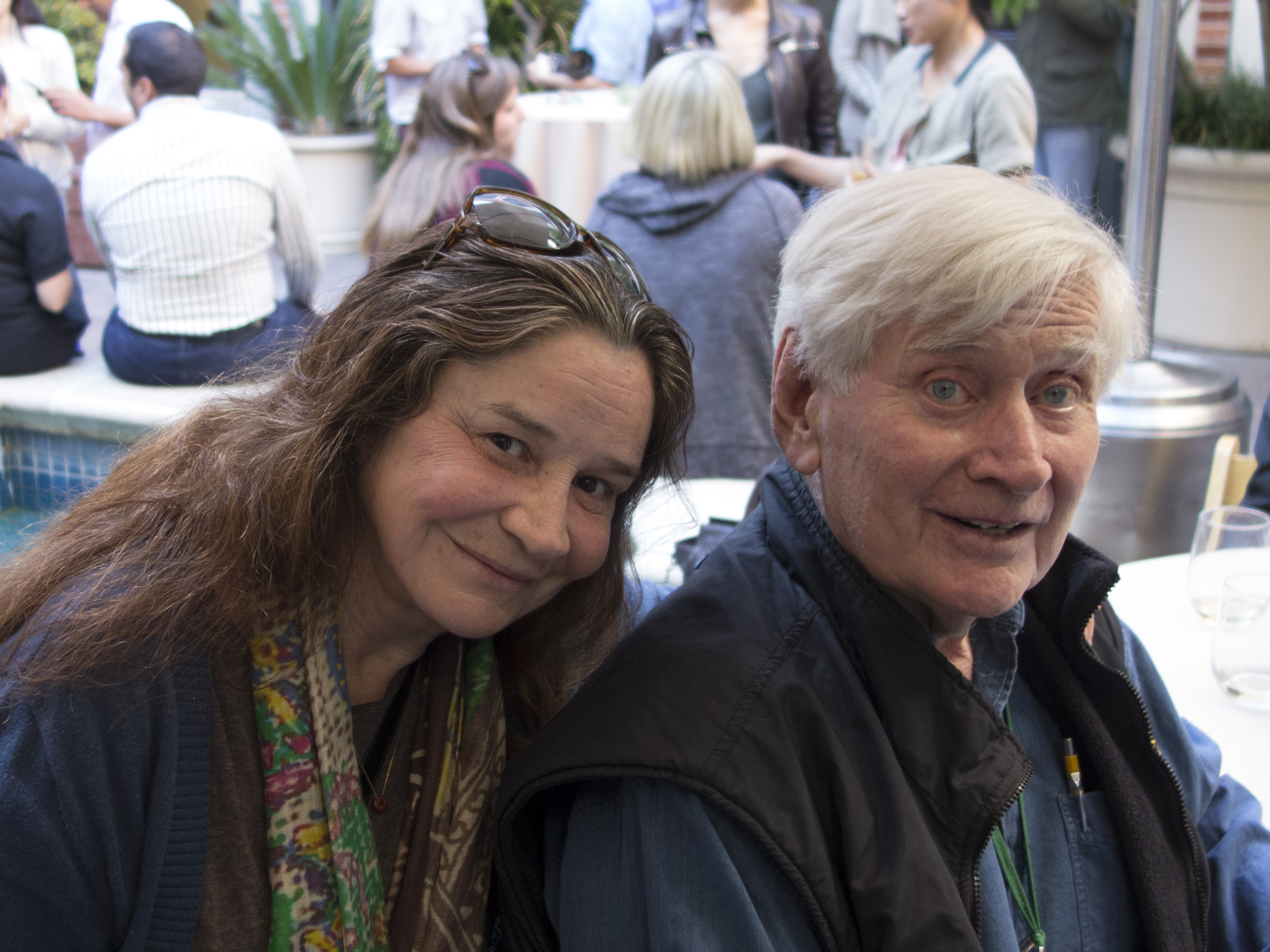Remembering James Sackett
 On December 21, 2019, the Cotsen Institute lost one of its founding fathers, James Robert (Jim) Sackett. Jim was instrumental in founding the Institute of Archaeology at UCLA in 1973 and in its renaming as the Cotsen Institute of Archaeology in 2001, after the generous gift of Lloyd Cotsen.
On December 21, 2019, the Cotsen Institute lost one of its founding fathers, James Robert (Jim) Sackett. Jim was instrumental in founding the Institute of Archaeology at UCLA in 1973 and in its renaming as the Cotsen Institute of Archaeology in 2001, after the generous gift of Lloyd Cotsen.
Jim was born in 1933 in the Midwest, obtained a BA from Lawrence College (1955, magna cum laude), and earned a PhD in archaeology from Harvard University in 1965. In 1962 he joined the Department of Anthropology at UCLA as acting instructor. He accepted a position as assistant professor at the same department after finishing his dissertation. In Los Angeles he became active in the Southern California Archaeological Survey, at the time directed by Clement Meighan and hosted by UCLA. This organization worked mostly along the California coast between San Diego and Santa Barbara, as well as in the San Fernando Valley. It provided participating students with not only field experience but also a modest income. Jim ultimately replaced Clement as director, sponsored a project near Chico, and collaborated in the creation of 4-Butte-1: A Lesson in Archaeology, a film about the excavation of a Maidu village.
Under the inspiring leadership of Giorgio Buccellati, Clement and Jim helped found the Institute of Archaeology in July 1973  to promote archaeological research at UCLA, publish the results through its own press, and strengthen the archaeology graduate program. Among the first graduates were Marilyn Beaudry-Corbett, Ernestine S. Elster, and Jo Anne Van Tilburg. Jim served as chair of the Department of Anthropology from 1976 to 1979 and was promoted to full professor in 1981. From 1982 to 1984 he served as director of the Institute of Archaeology, succeeding inaugural director Giorgio Buccellati and followed by Merrick Posnansky. Two of the main achievements of Jim’s directorship were a significant grant from UCLA for the Institute of Archaeology, and the appointment of Helle Girey to develop the public outreach program, which included lectures and film screenings, designed to inform the public about archaeology in general and the Institute of Archaeology in particular.
to promote archaeological research at UCLA, publish the results through its own press, and strengthen the archaeology graduate program. Among the first graduates were Marilyn Beaudry-Corbett, Ernestine S. Elster, and Jo Anne Van Tilburg. Jim served as chair of the Department of Anthropology from 1976 to 1979 and was promoted to full professor in 1981. From 1982 to 1984 he served as director of the Institute of Archaeology, succeeding inaugural director Giorgio Buccellati and followed by Merrick Posnansky. Two of the main achievements of Jim’s directorship were a significant grant from UCLA for the Institute of Archaeology, and the appointment of Helle Girey to develop the public outreach program, which included lectures and film screenings, designed to inform the public about archaeology in general and the Institute of Archaeology in particular.
Jim’s own research focused on the European Old Stone Age (Upper Paleolithic), and he became famous in that field for his open-air excavations in Solvieux (Périgord, France), as opposed to the usual cave or rock shelter projects of the period. This joint UCLA–University of Bordeaux project, which Jim directed from 1967 to 1974, encompassed the meticulous excavation of a large horizontal exposure of around 2,000 m2 andhas been hailed for its daring, unprecedented scale of work. Jim was commended for his vision and his audacity in bringing power equipment onto a French Paleolithic site to study such a large area.
As director of the European Archaeology Laboratory at the Cotsen Institute, his tour de force was publication of the excavations at Solvieux in 1999. The 420 pages of this publication (Monumenta Archaeologica 19, Institute of Archaeology Press) recorded 11 distinct archaeological levels and more than 5,000 retouched tools. Jim’s main theoretical interest was style. His chapter “Style, Function and Artifact Variability in Palaeolithic Assemblages” (1973) and his article “The Meaning of Style in Archaeology: A General Model” (1977) are required readings that invariably give rise to lively debates. Walter Goldschmidt was probably right when he remarked, “Sackett, you are too smart to be an archaeologist.”

Besides his control of the data, Jim’s depth of insight had a great impact on our understanding of archaeological theory and methods. The years in which the Institute of Archaeology was established were marked by a new awareness for this dimension of archaeology. Jim brought a flair all his own to the debate, with a profound sensitivity for the humanistic dimension while working solidly within the framework of the social sciences. This approach found a formal home in several memorable joint seminars with faculty from across campus, the most significant being the one on style, where his ideas and opinions contributed greatly to the debate which is central to what a good seminar should be.
Until his death, Jim ran an active laboratory within the Cotsen Institute,  where he worked to refine his research and thoughts. Anyone who walked into his office or met him in the corridor could be assured of an interesting, lively conversation. Apart from archaeology and style, among his favorite subjects were his father’s printing press, his famous brothers, music (including his own skills on the flute and bagpipes), and Navajo blankets.
where he worked to refine his research and thoughts. Anyone who walked into his office or met him in the corridor could be assured of an interesting, lively conversation. Apart from archaeology and style, among his favorite subjects were his father’s printing press, his famous brothers, music (including his own skills on the flute and bagpipes), and Navajo blankets.
Jim will be sorely missed by his colleagues and friends, and obviously most by his wife, Mary, and his children and grandchildren.
- Hans Barnard
Figure 1. Jim in the 1980s, around the time he was director of the Institute of Archaeology.
Figure 2. Jim Sackett (right), his colleague François Bordes (left), and local archaeologist Jean Gaussen (middle) discuss Solvieux at the site in the 1970s.
Figure 3. Jim with his wife, Mary, in 2016.
Figure 4. Jim (middle), with Ernestine S. Elster (left) and Helle Girey (right), at the reception concluding the Cotsen Institute of Archaeology open house in 2018.
Published on January 2, 2020.


